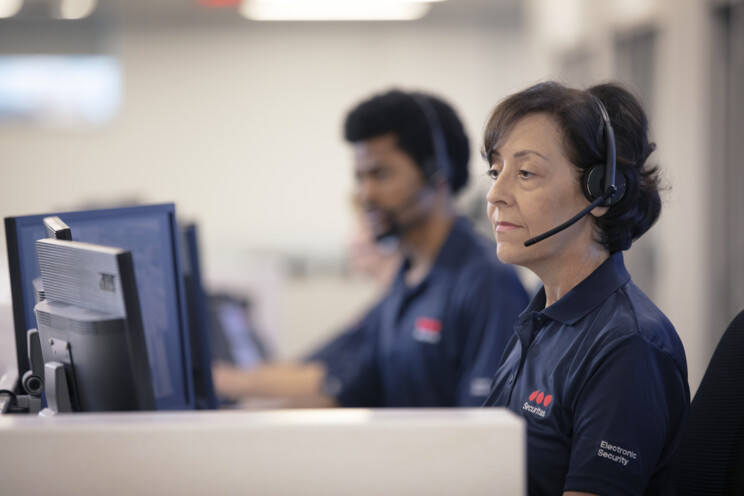How to Manage Production Risks in High-Risk Environments
For companies operating in high-risk industries, the priority is simple: keep operations running safely. That means anticipating production risks and protecting both people and infrastructure. But how can you achieve that, day after day?
This article highlights the most common threats in high-risk environments — and explains how solutions like cameras surveillance, fire extinguishers, and robust factory security can help you stay one step ahead.
High-Risk Environments Require Smarter Protection
Factories and industrial sites often centralize operations in a single location. That concentration makes them especially vulnerable to unexpected shutdowns. Whether due to theft, fire, or equipment failure, downtime can have serious business consequences — including the loss of key clients.
What’s more, high-risk production involves additional challenges: hazardous equipment, stricter regulations, and more complex processes. Addressing these production risks is essential to ensure safety and continuity.
Here are four key threats — and how you can effectively manage each one.
1. Unauthorized Access and Theft: Use Cameras Surveillance to Deter Intrusions
Industrial facilities often store valuable machinery, raw materials, and sensitive data. This makes them prime targets for intrusions or theft.
Installing a cameras surveillance system is one of the most effective ways to protect your assets. Strategically placed cameras help monitor key areas, detect suspicious behavior, and provide visual evidence in case of a break-in.
For even stronger factory security, pair your surveillance with an alarm system that triggers instant alerts when unauthorized access is detected. Together, these tools create a 24/7 protective shield around your production site.
2. Fire Safety: Be Prepared Before It Happens
Fires in high-risk facilities can spread quickly, causing massive damage and halting production. This is why a proactive fire safety strategy is non-negotiable.
Essential components include:
- Automatic fire detection and suppression systems
- Easily accessible fire extinguishers throughout the facility
- Employee training in fire response and evacuation procedures
Having the right equipment is critical — but so is ensuring that your team knows exactly what to do in an emergency. Together, equipment and preparation form the foundation of effective fire safety.
3. Contamination: Controlling Access and Hygiene
In sectors like pharmaceuticals and food processing, contamination is a serious production risk. It can be caused by unauthorized access, poor hygiene, or operational errors.
To reduce this risk:
- Implement access control systems that restrict entry to sensitive zones
- Use cameras surveillance to monitor who enters and exits
- Require strict hygiene protocols, including washing stations and changing areas
Combining access control and hygiene measures helps maintain product integrity — and protects your brand’s reputation.
4. Personal Injury: Protecting Your People
Heavy machinery and complex workflows increase the chance of workplace accidents if employees aren’t properly trained or protected.
What you need:
- Hands-on safety training for all equipment and tasks
- Mandatory personal protective equipment (PPE)
- Clearly marked safety zones and accessible fire extinguishers
- On-site first aid kits and staff trained in emergency response
Taking workplace safety seriously helps you avoid injuries, reduce downtime, and foster a strong safety culture within your team.
Final Thoughts
In high-risk industries, factory security is about more than locking doors. It’s about identifying threats, putting proactive measures in place, and responding fast when something goes wrong.
Whether it’s through cameras surveillance, proper fire safety, or smart planning around production risks, protecting your operations means protecting your future.
Need help implementing these solutions? Our experts can guide you.





